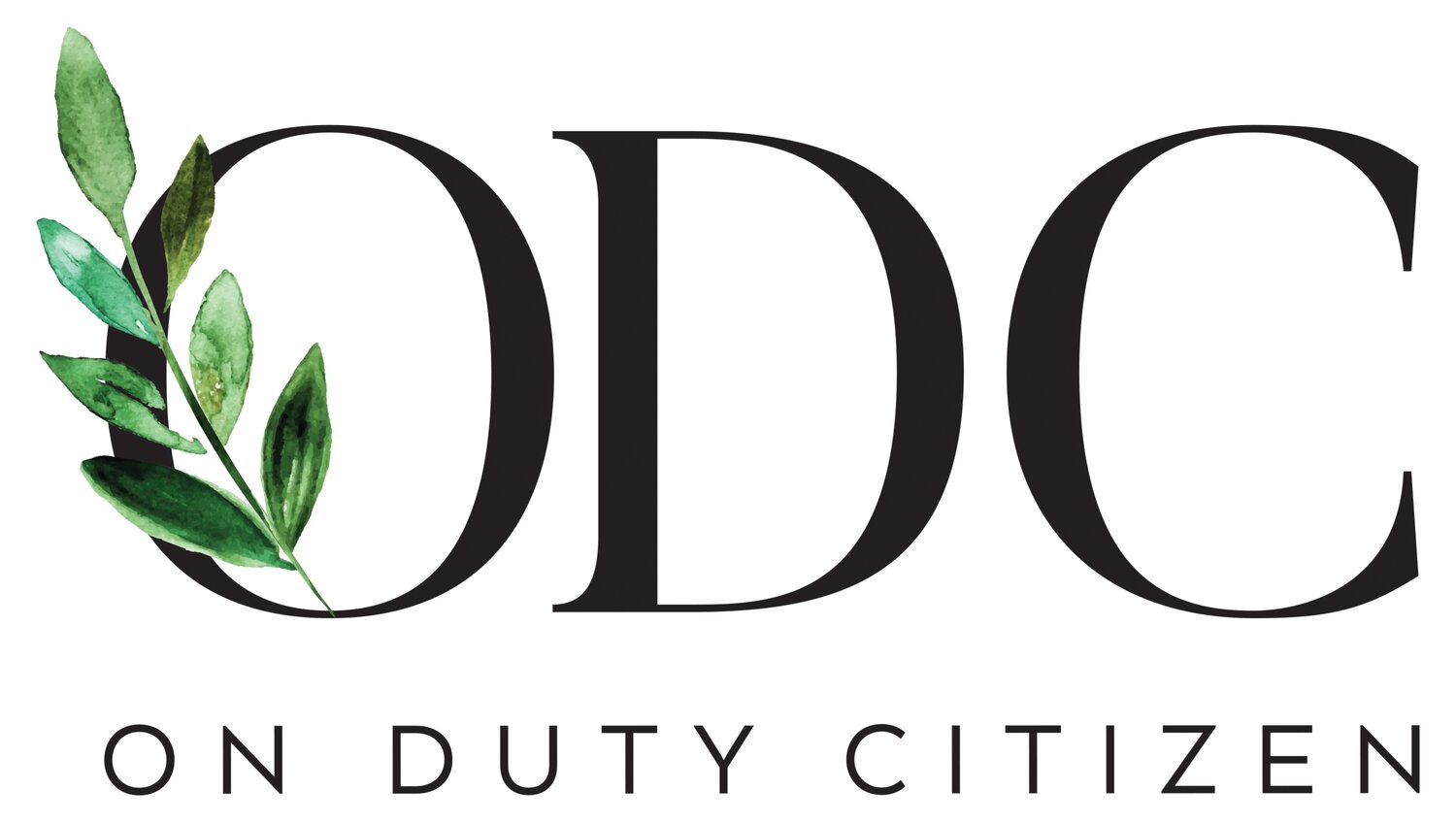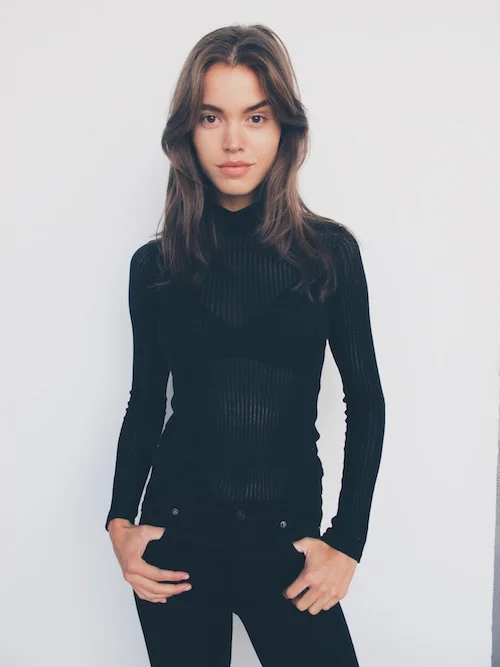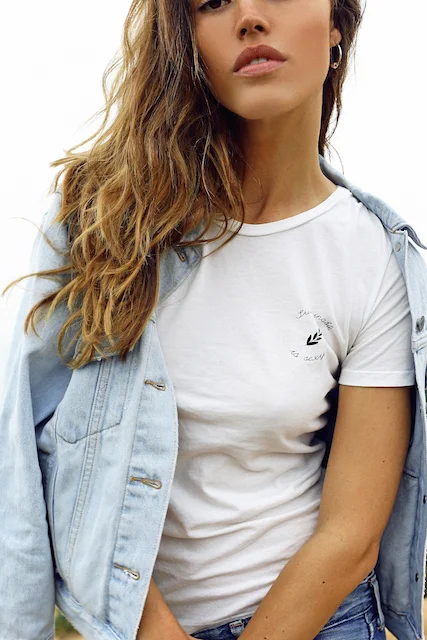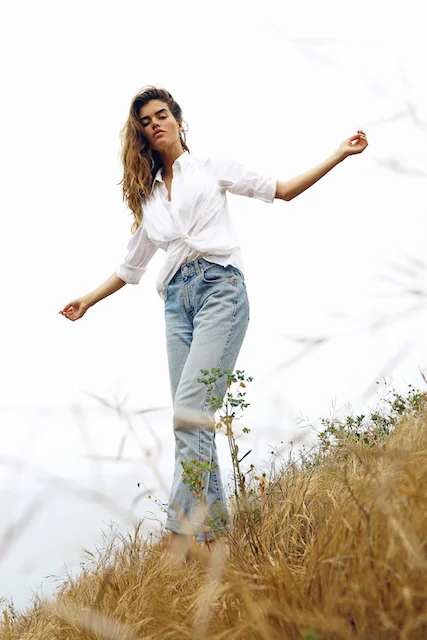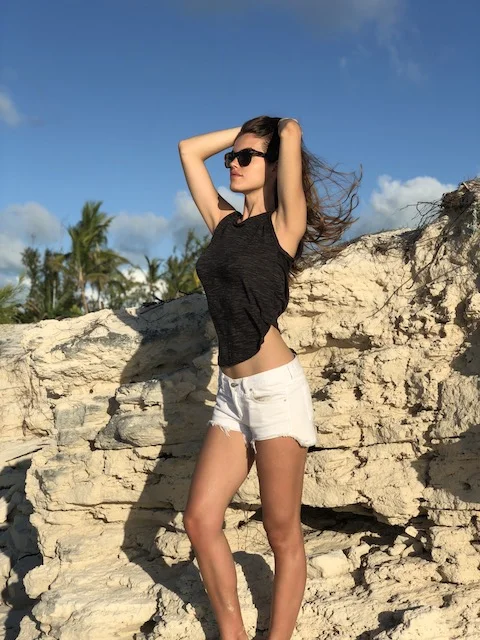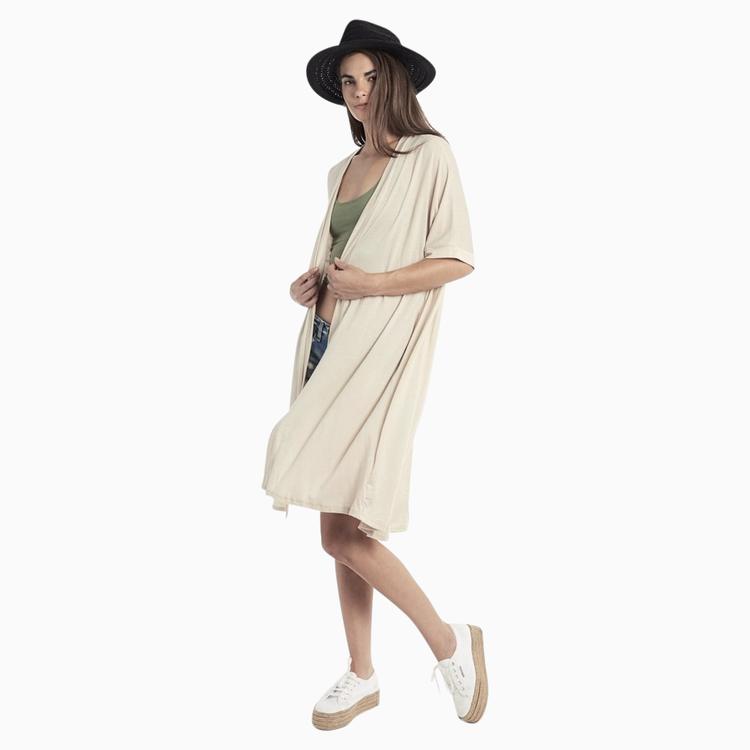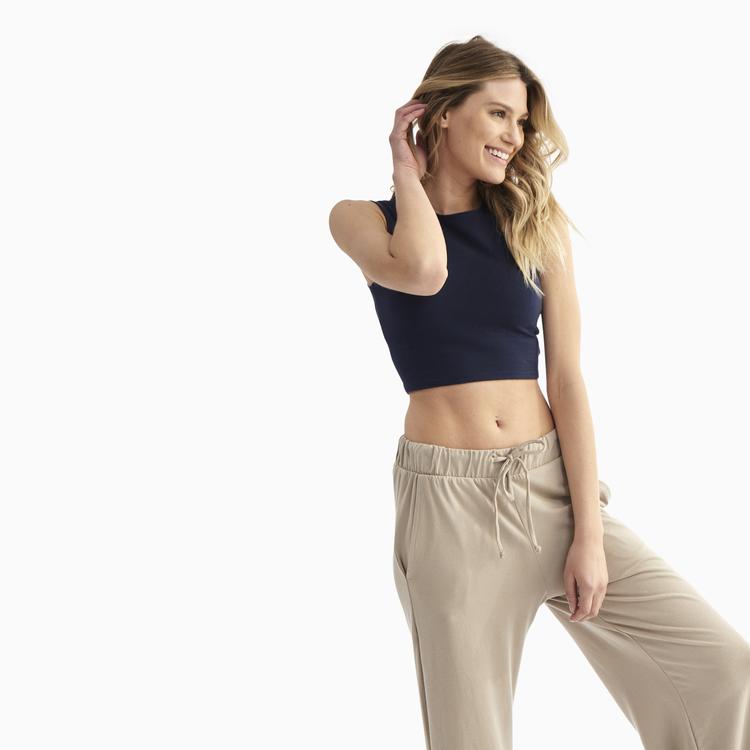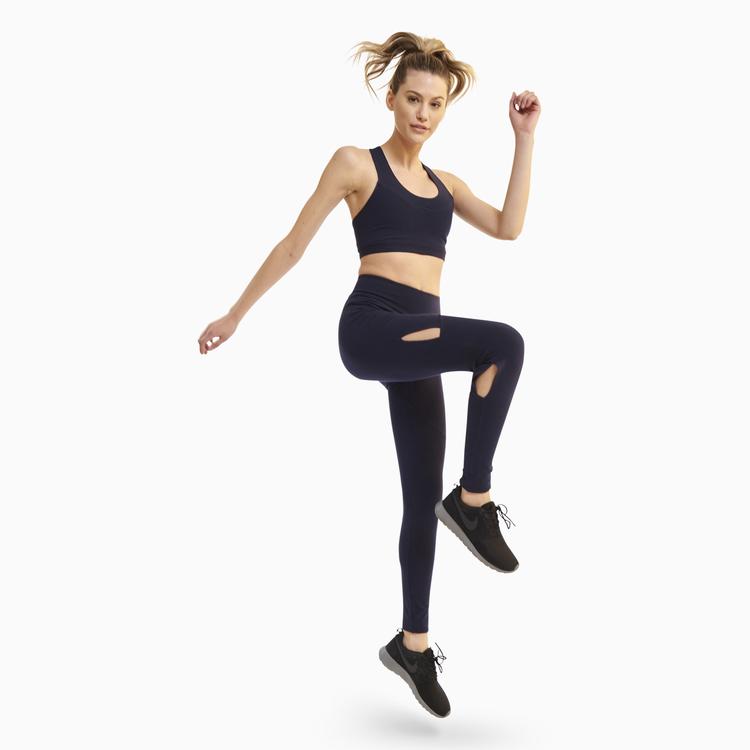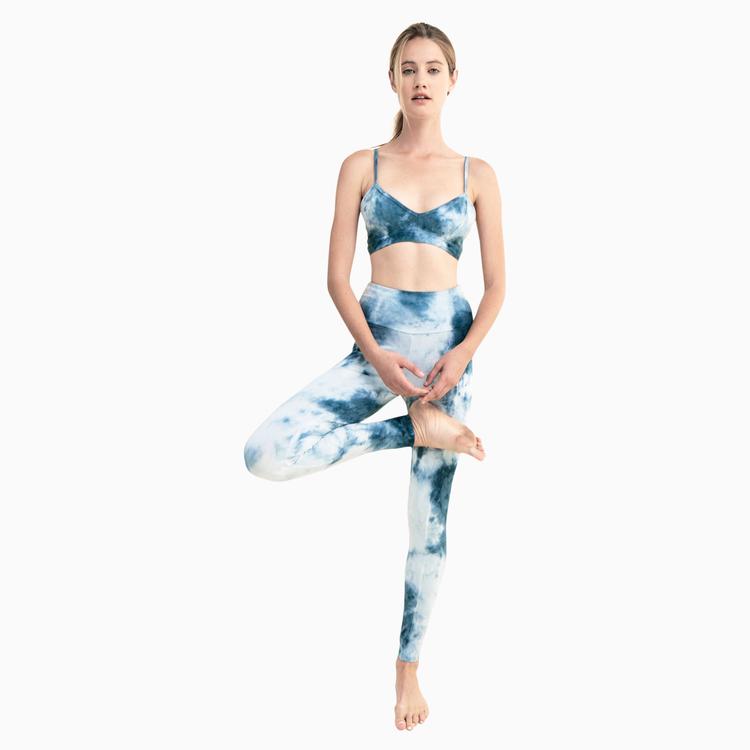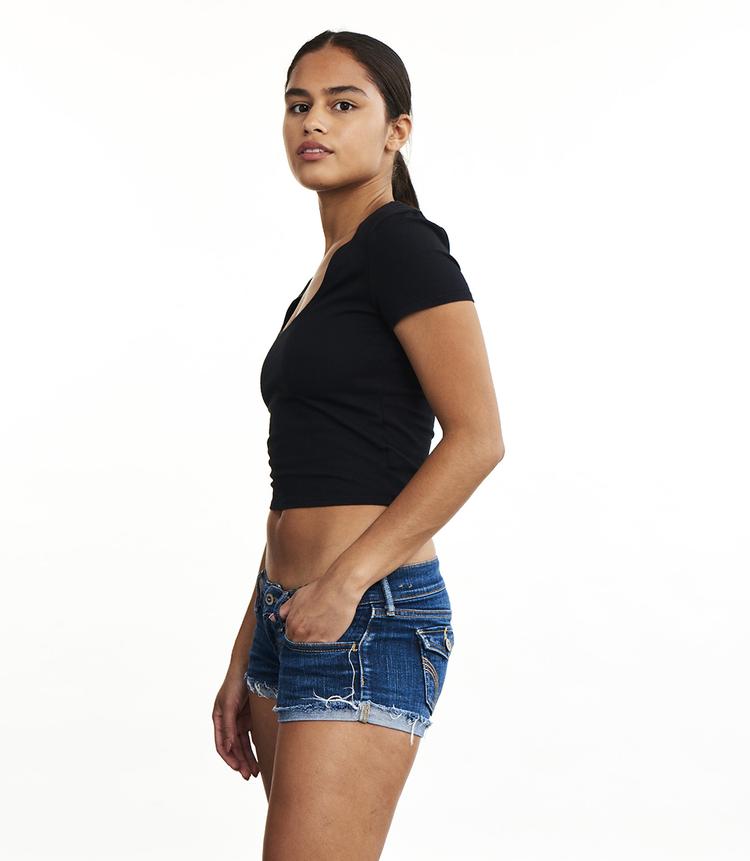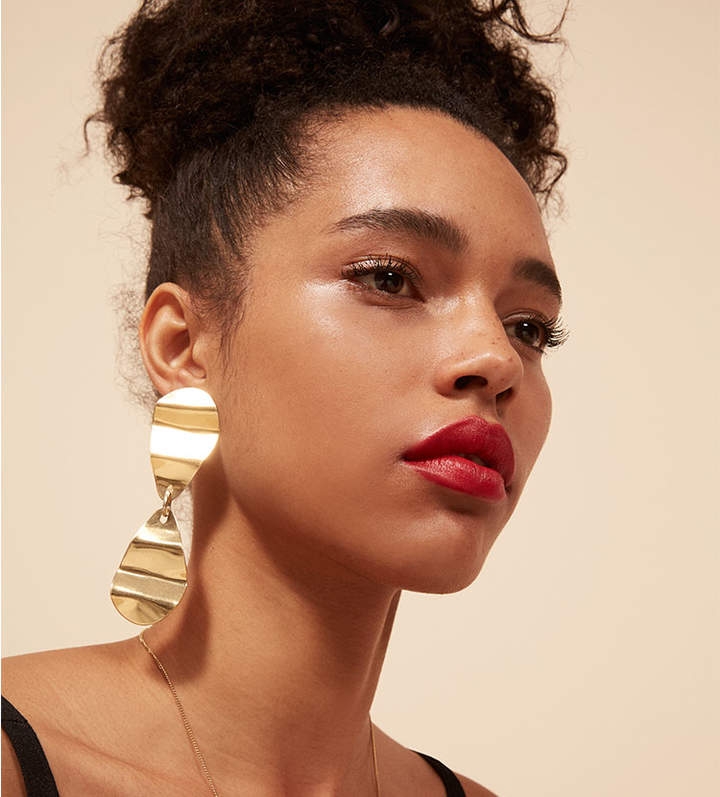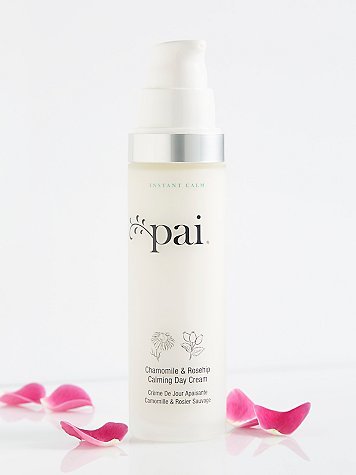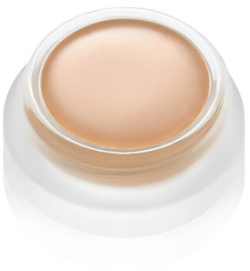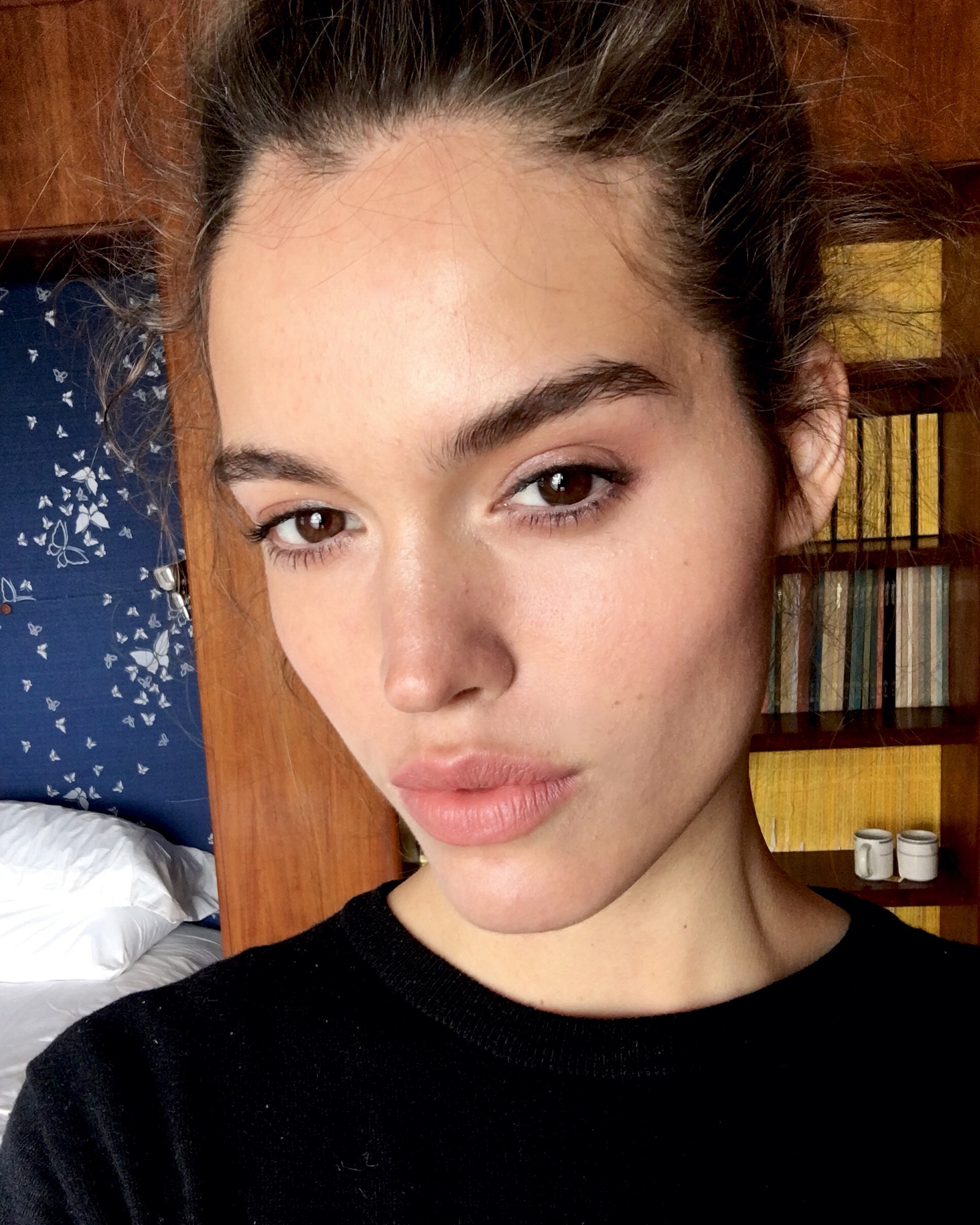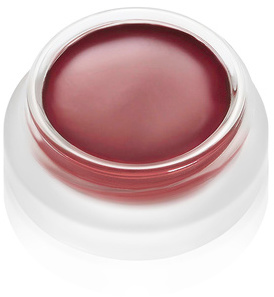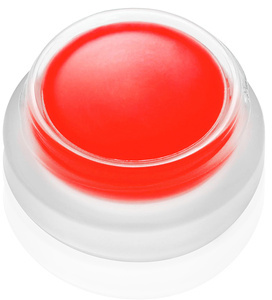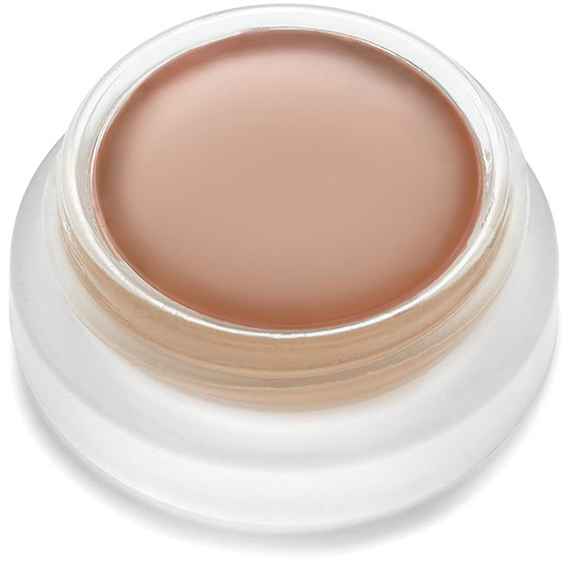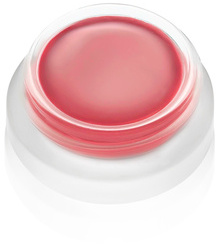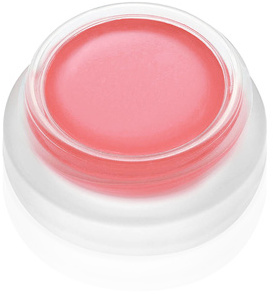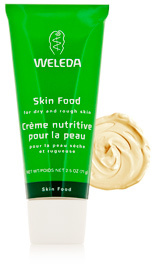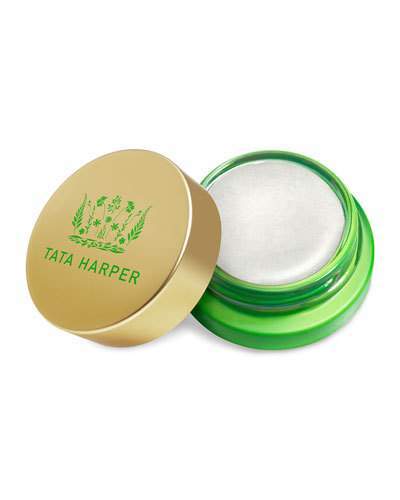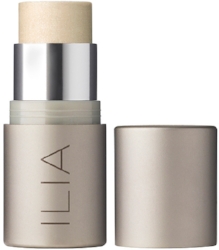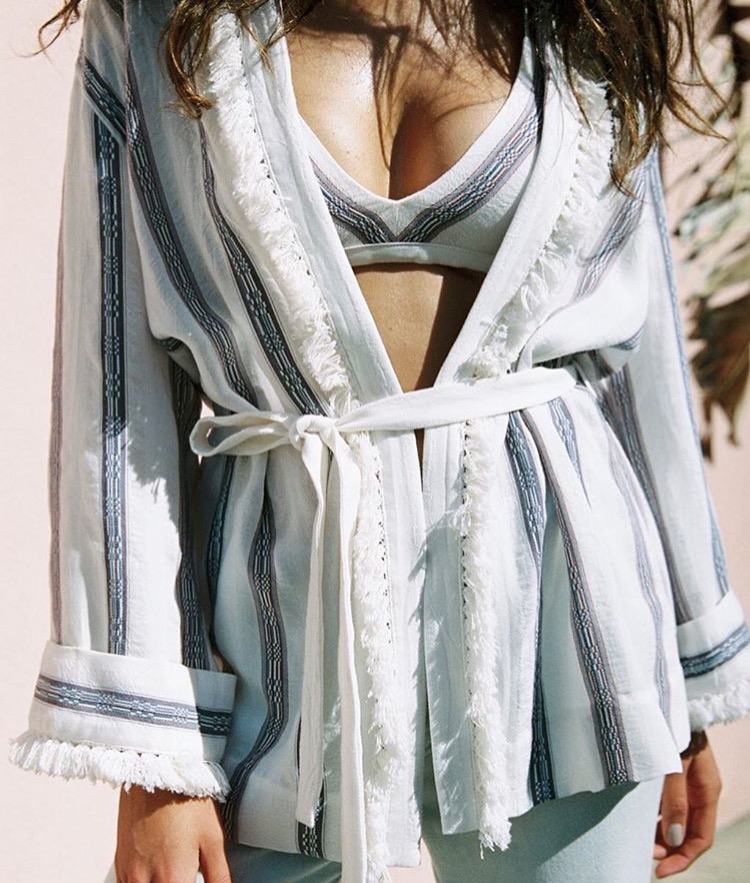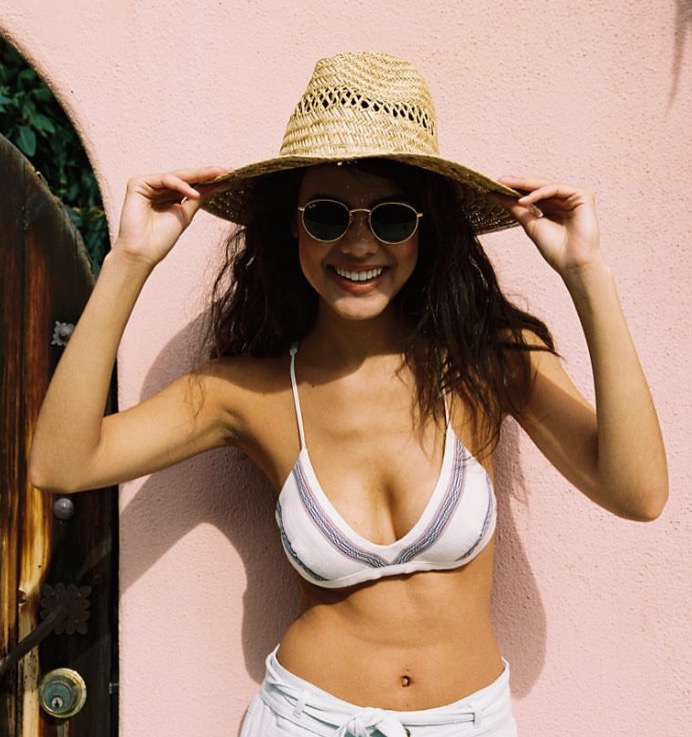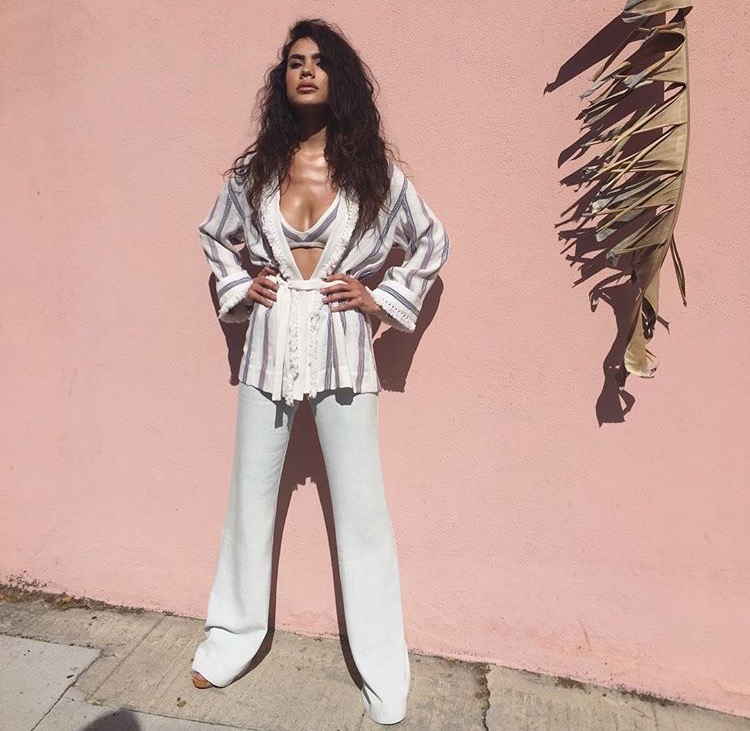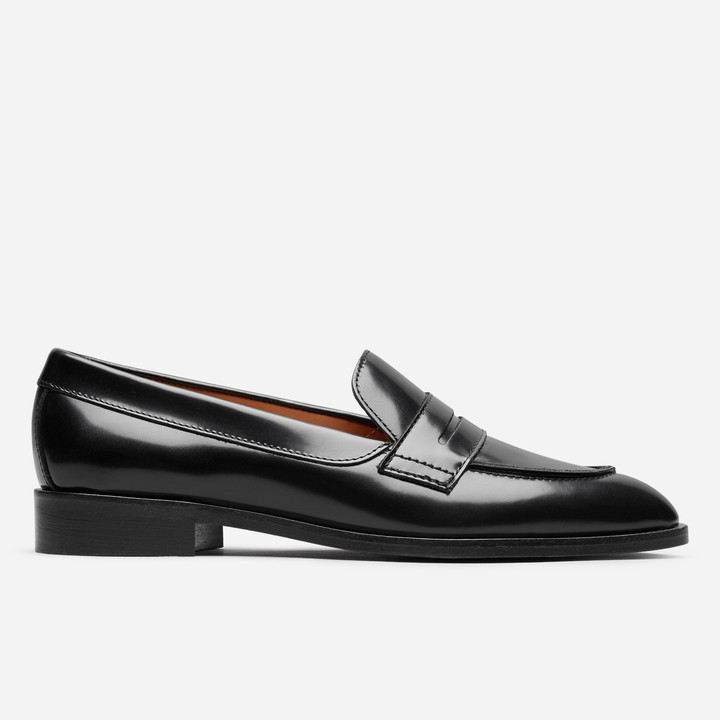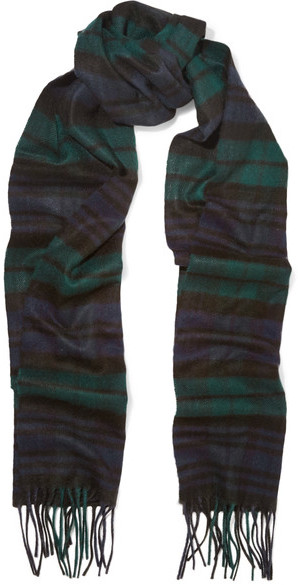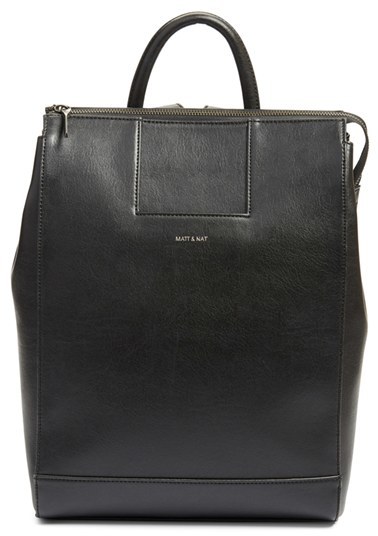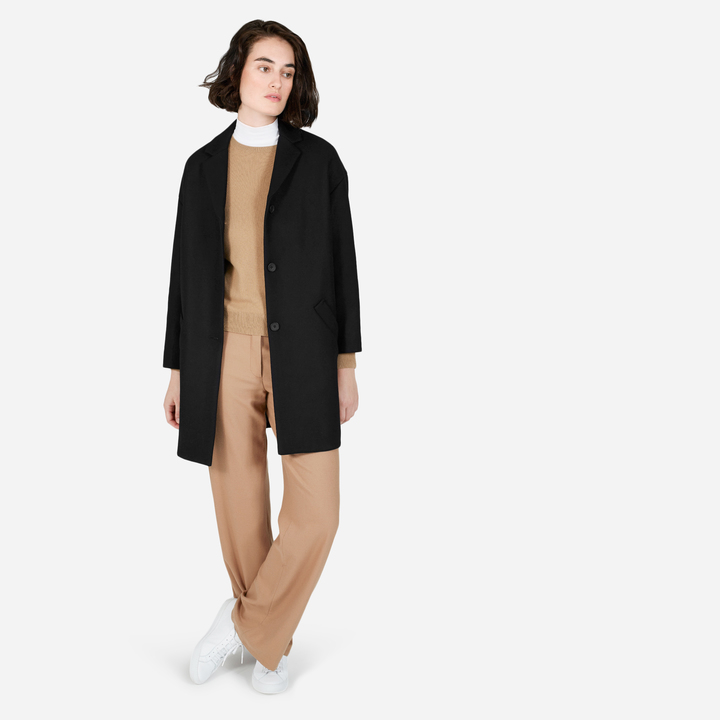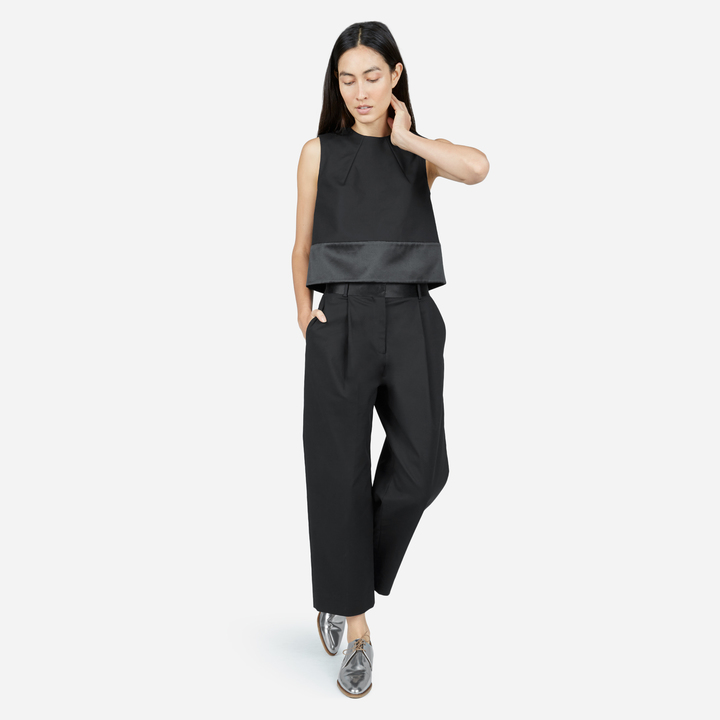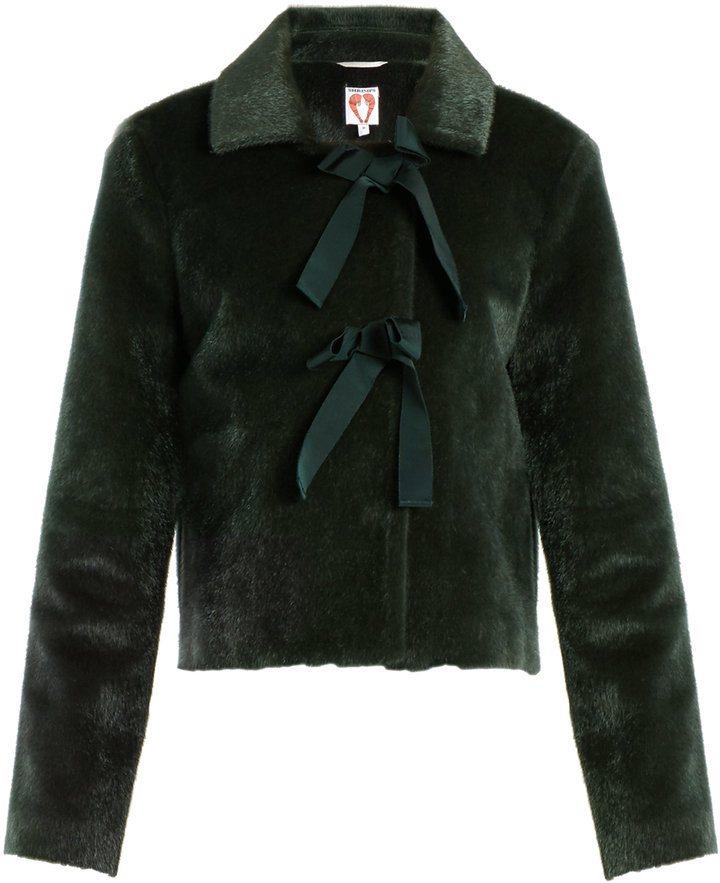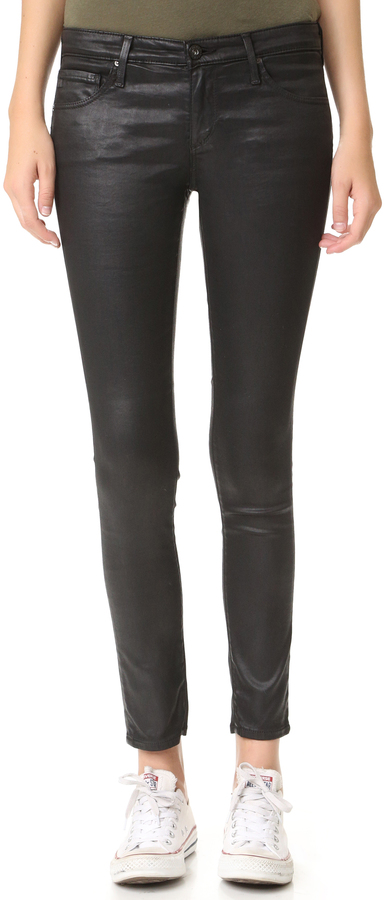Source: Ghentstreets
For models, it’s not only our job to wear incredible garments by top designers but we always try to look put together when we’re “off duty” and on the go. (This may sound incredibly vain talking in first person) but when you see us on the street you’ll generally know we’re a model and not only because of our height but oftentimes because of our timeless style that never goes out of trend (mostly talking about my friends here, my street style consists of a lot of workout wear, naturally). However, for days when I’m feeling like dressing the part, here’s what I’ve learned after six years of modeling in New York City about achieving a classic wardrobe to complete your model off duty look.
As a rookie in the industry, a model tends to wear the same black tank top, white t shirt, black jeans, etc. because you’ll get 15+ castings a day during fashion week and you have to always be ready to go for that last minute job or go-see (I think I have over 15 black tank tops!). It is in our best interest to wear this because we meet so many new clients and our 'uniform' makes us work appropriate at any time. If you get caught out of the house in anything that isn't great for clients to see you in (it’s happened and it sucks…), you’re damn right that’s when you got a last minute casting that you have to be at ASAP with no time to go home and change.
Source: Ghentstreets
As you grow with the industry, agents and clients start to trust our judgement that comes naturally with experience. You start to feel more confident about branching out and wearing things a little more gratifying than these go-to tanks and tees. Don’t get me wrong I still have and wear all of them, they're my staples, but I’ve learned to add fun accessories and awesome vintage jackets and make that same black tank top we all have my own.
After your first few seasons go well and you make a good amount of money, naturally as a new young model in NYC you spend it. It's easy to justify spending way more than you ever have because you were making a lot of money up front and you don't have to think about paying taxes until the end of the year. Other girls wear designer clothes, shoes, and bags so you inevitably feel the pressure, after living in the same tank top for weeks on end, to spruce up your wardrobe with the newest, hottest stuff. What happens at the end of the season is that a lot of us learn trends go out of style and you’re left in debt wondering how you will pay all your accumulating taxes. Was it really worth it to buy a bunch of stuff that you no longer wear so you could land yourself on a couple cool street style blogs? Probably not.
From my experience of trying to achieve that perfect off duty style, I've finally learned how to dress in a way that is budget friendly, eco-friendly and timeless. When we’re off duty, we’re always wearing something that could be well perceived in front of our agents or clients. We have all the basics to complete a timeless wardrobe, the best white t shirts, the perfect fitting black tanks, amazing skinny jeans, slim-fit boyfriend jeans, denim shorts, cool boots and a great bag. We also occasionally indulge in designer clothing and accessories (for me it's important that they're thoughtfully produced in sustainable ways, better yet used from sites like The RealReal or Tradesy) but it’s always important to remind yourself to choose pieces that will never go out of style. That all black leather backpack I have gets worn every single day. My oversized bright pink sweater that was ‘in’ two seasons ago still gets worn, but maybe only once per year. Think about what you invest in and try not to fall into the latest trends. You'll find you'll save a ton of money and always look put together with your simple, stylish staples.
Here are some of my go-to off duty looks!
